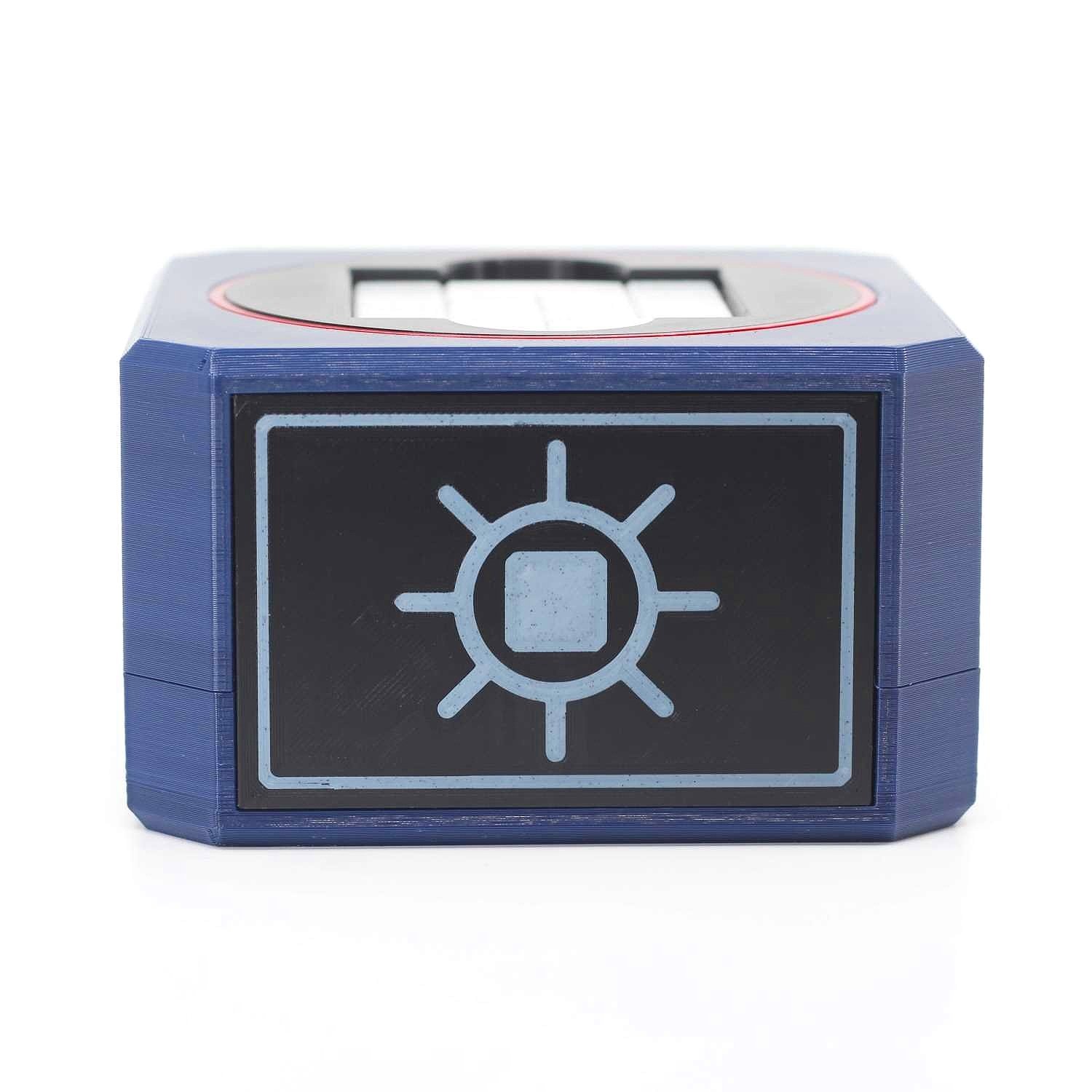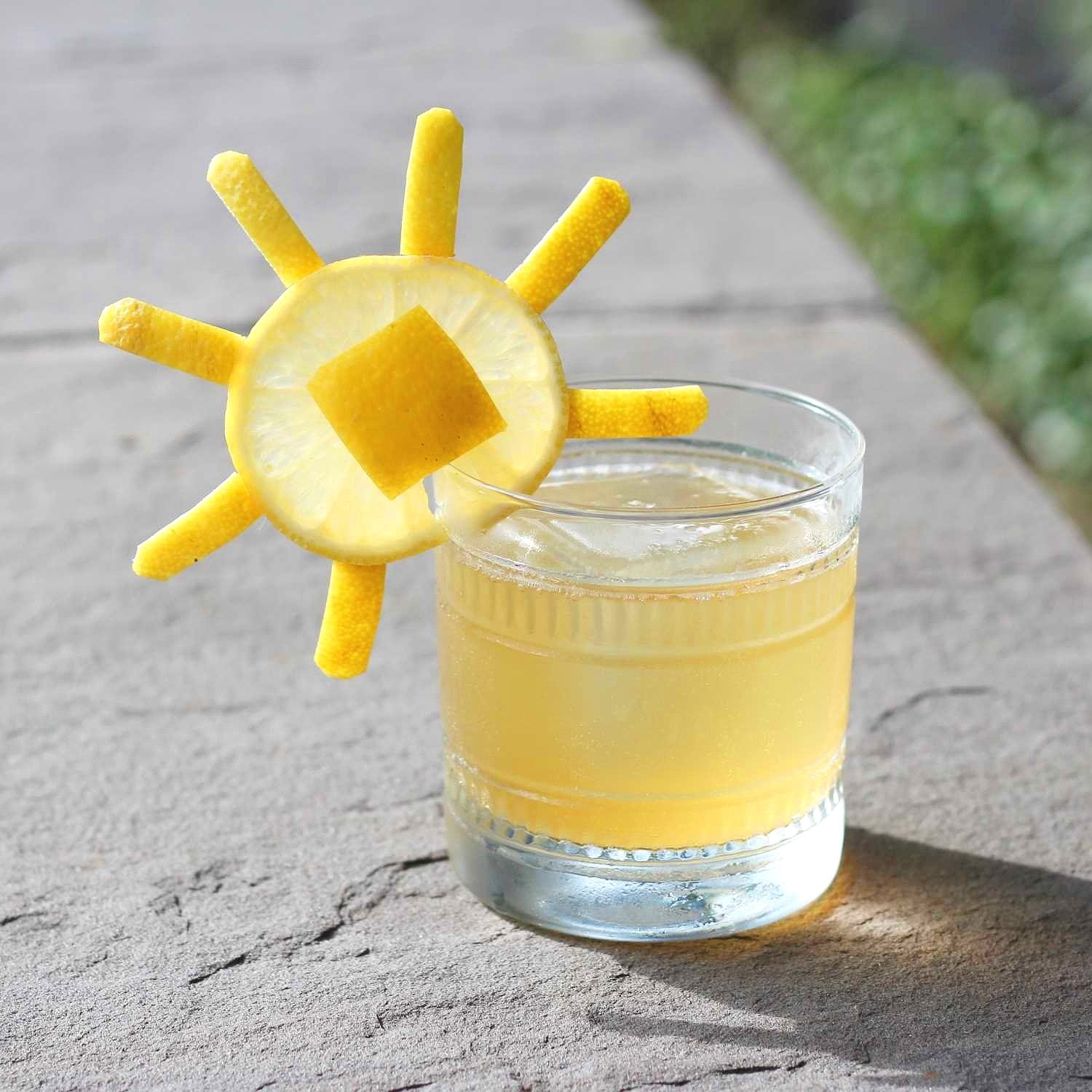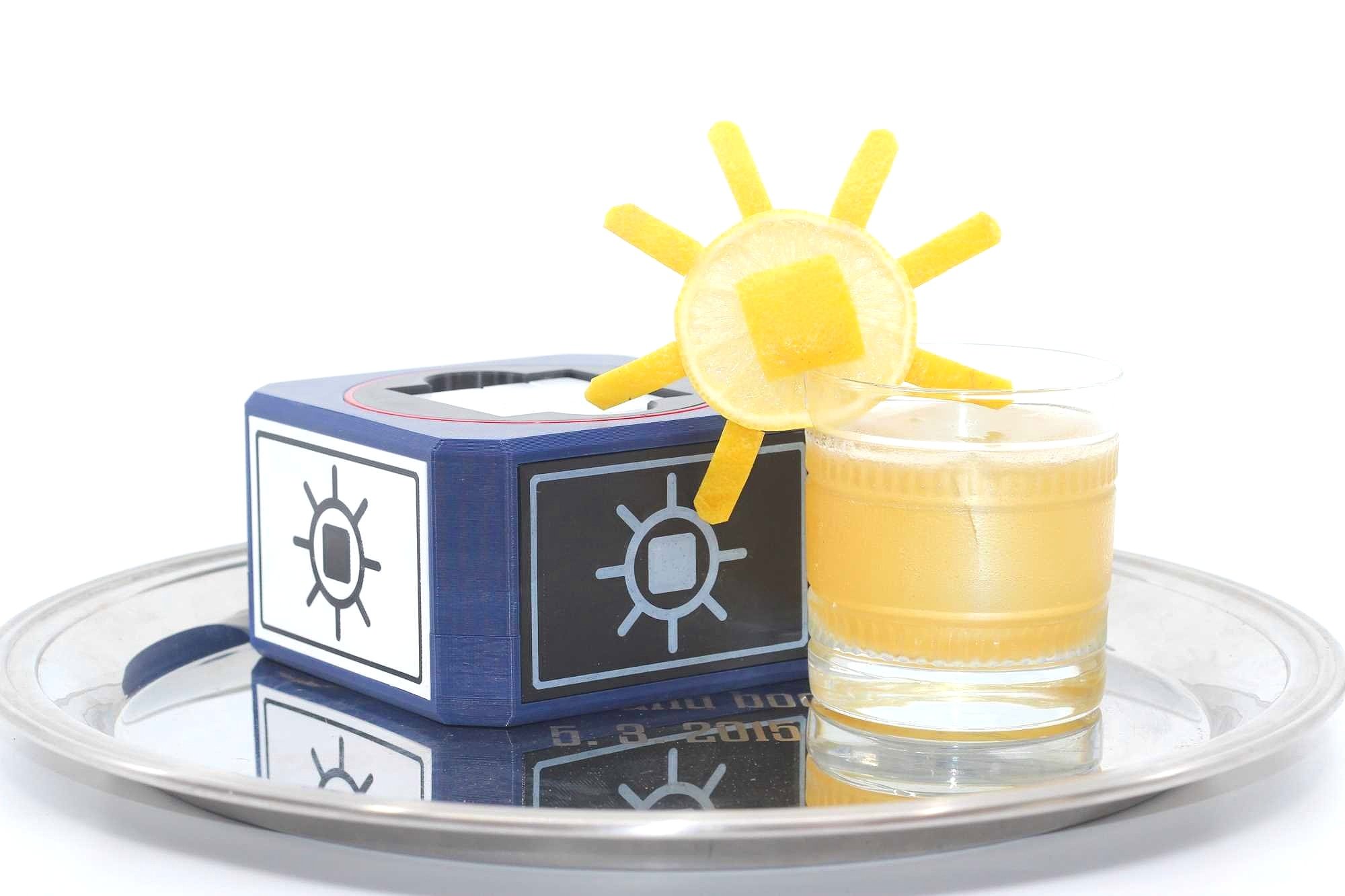Antics
TIC Vault
Mule. Prius. Broccolini. Live-Zoom. What do these random things have in common? But did you know that boysenberries, grapefruits, and bananas can join the party? Before we go any further, I’ll need you to decide, plumcot or pluot? You have to pick one.
Dr. Andrew Crowell is on a roll. The virtuoso master of the “Turning Interlocking Cube” design made a name in the puzzle world for himself over the past few years producing dozens of complex interlocking constructions with various pieces that twist and turn to make it to the final state of being a cube. These “TIC” puzzles differ from traditional burrs which have linear moves in that the pieces are “allowed” to rotate (in fact it is required). There is a well known computer program available to designers of burrs, but it cannot compute rotational moves. When Andrew began his interest in these puzzles, he was unaware of this “Burr Tools” program, so, he wrote his own. With it he has invented hundreds of new designs in the genre.
TIC Vault by Andrew Crowell
Despite his fascination with interlocking puzzles, Andrew admits that with more traditional burrs he never relished having to put everything back together again. He designed a few clever “trapped burr” puzzles, whose goal is to remove just a single piece, while all the remaining pieces remain trapped in the frame. He managed to make these puzzle quite complicated despite this, and simplified the reset process considerably. These trapped burr puzzles soon led to something remarkable, a set of hybrid trapped burr and sequential discovery puzzles which could even be considered to be puzzle boxes, having small treasures hidden inside to find. The first was Burr Bott, a cute robot with some indigestion and a predilection for red fish. This was followed soon after with the even more complex Burr Bank. The beauty of these hybrid puzzles is how they combine the genres, forcing people inclined to enjoy one type of puzzle into experiencing another, and providing fun incentives beyond simply dismantling something to keep the motivation.
determinisTIC
But recall that Andrew Crowell truly loves TICs. It was perhaps inevitable that he would take the concept he had started with the hybrid sequential discovery puzzle box burr puzzles, and create a similar themed hybrid TIC puzzle. To say that this process was complicated is an understatement, but the many long hours and many, many iterations he created for his newest puzzle, TIC Vault, have been well worth the efforts. He explains: “I might be biased... but it turned out so much better than I expected. It is the best puzzle I have ever designed. TIC Vault is a hybrid puzzle, combining Sequential Discovery puzzle box aspects with a Turning Interlocking Cube (TIC) puzzle. The TIC portion has a unique feature, but should not frighten anyone, it just requires a bit of logic. There are 2 goals to the puzzle. First, is to unlock the vault. Second, is to find your unique ID number. Most of my puzzles, TICs (Turning Interlocking Cubes), require exactly one prototype. TIC Vault has been quite a bit different. I’m somewhere around my 100th redesign of some sort, and 50th prototype print of some part of the puzzle.”
Beta testers for Andrew hunted down every conceivable way to do things to the puzzle that Andrew never intended, breaking it repeatedly. He redesigned many aspects and implemented new production strategies to strengthen the final version. “Anyway... I’ve been working diligently to make sure this puzzle stands up to people trying unexpected things. I’ve changed a lot, specifically in how I print pieces in order to ensure they won’t break. But while I have been changing how it prints, I’ve also discovered more interesting mechanisms to use as well. So... that's actually a good thing! This design is without a doubt the most complex thing I have ever created. It weighs 2 pounds (almost 1kg for you people who use logical units), and there are - at the moment - 44 separate pieces I have to print and assemble, 51 magnets that need manually placed, and dozens of moving parts. And overall I’m very happy with it and excited for people to try it.” Do yourself a favor and get on Andrew’s list for this puzzle. It is extremely solid and well built, and has a very appealing aesthetic. It’s also a fantastic puzzle, full of great surprises, discoveries, and an extremely challenging TIC at its heart, which features some really innovative novel elements that are as confusing as they are impressive. With clues and observations I was able to assemble it, which means you can, too. It’s a rewarding challenge, figuratively and literally, but I won’t reveal more, except to say that TIC Vault is easily one of the best puzzles this year.
Turnpike by Joseph Schwartz
Turning things over to the toast, I’m raising my glass to Andrew and his achievement with a drink that is also near and dear to my roots. Born and raised in New Jersey, the New Jersey Turnpike was an entity I was well familiar with over the years. Whenever you meet someone from New Jersey, the inevitable question that arises is, “what exit?”, meaning, what exit off the Turnpike do you take to get to where you live. It’s the insider’s way of asking what part of Jersey are you from. The Turnpike, which cuts across the center of New Jersey, spans from the George Washington Bridge in New York City to the Delaware Memorial Bridge, also acting as the main conduit from New York to Pennsylvania as it runs along the eastern border.
sophisTICated sour
It was this connection that inspired New York bartender Joseph Schwartz when he created his split base sour at the iconic Milk and Honey bar. The drink can be found in Sashe Petraske’s Regarding Cocktails, where Schwartz explains the name and link for the two main base spirits. Laird’s applejack is a blend of apple brandy and neutral grain spirit, produced by America’s oldest operational distillery in New Jersey. Robert Laird provided his family’s spirits to the troops when he was a soldier under General George Washington in the revolutionary war. Washington plays his part in the second spirit here as well, Monongahela style rye whiskey. Centuries ago, farmer distillers grew rye along the banks of the Monongahela river in Pennsylvania and turned it into a distinctive style of whiskey which became the first American whiskey to gain widespread recognition. The regional river water, the use of only rye and barley in the mash, an unusual three-chamber still design, use of a yeast fermentation process known as “sweet mash” (as opposed to the more common “sour”), and use of steam heated barrel aging warehouses were all components of what made this rye unique. Monongahela rye was also made famous thanks to the “Whiskey Rebellion”, a violent tax protest from 1791-94 that was ultimately suppressed by President George Washington. Rye whiskey fell out of favor and Prohibition sealed its fate. It all but disappeared after 1950 in favor of bourbon. Thanks to the modern whiskey boom, many distillers are now making rye again, following various degrees of the original formulas, although none currently use all five unique features of “Old Monongahela” in their process. Here’s to turning things around, in all senses and meanings of the expression. Cheers!
take a turn with this charismaTIC pair
Turnpike by Joseph Schwartz
1 oz rye (originally Monongahela style, such as Old Overholt)
¾ oz Laird’s Applejack
¾ oz lemon
¾ oz simple syrup
explore more:






